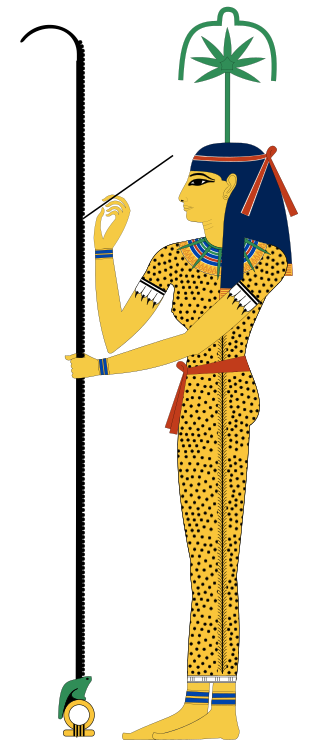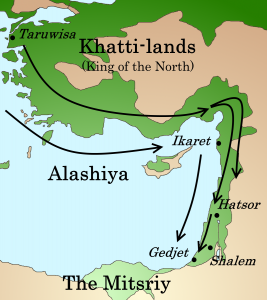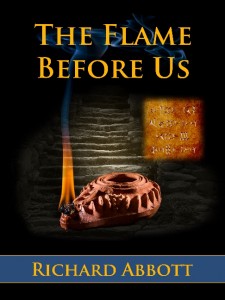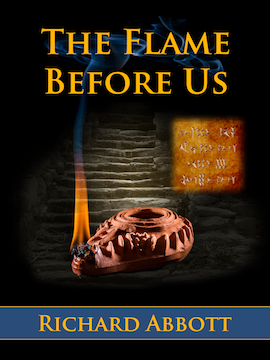
So far as we can tell, the place of women in ancient Near Eastern culture shifted rapidly between the second and first millennia BC. At the start of that time, say around 1400BC during the Late Bronze Age, it was possible in some places for women to own and manage property, hold positions of considerable social rank, be literate, and so on. By the middle of the first millennium, say around 600 or 700 BC, just before the Babylonian armies conquered most of the Levant, women had a distinctly subordinate role, defined by the status of their father or husband.
We understand this partly through the written word, and partly through artefact. Some Egyptian letters written by or for women document their business transactions, for example. Or in other cases letters written by a husband show that his wife was trusted with the business while he was away. The Hebrew Bible describes women in the pre-monarchy era who were recognised as owners of land and leaders of the people.
Physical artefacts such as amulets or official seals from the earlier period show roughly equal numbers of male and female figures – usually, though not always, gods and goddesses. Later ones showing figures are heavily skewed towards male subjects, and where a scene would previously have called for a woman to be shown, an abstract representative symbol such as a star or tree often appears.
What these sources do not tell us is what social or cultural impulse was behind these changes of representation, and the shifts of attitude they reveal. Certainly, the region had become a more dangerous place. The Bronze Age great kings with their extensive vassal territories had been swept away, replaced by small localised kingdoms in permanent strife. Life, and travel, had become hazardous. So did the place of women change because of the widespread unrest? Did communities feel a need to protect their women, or less positively simply want to assert ownership over a valuable resource?
In fiction, I have chosen to present this change in several ways. The Four Towns, including Kephrath, are traditionally arranged matrilocally… a man moves into the household of his new wife, rather than bringing her into his family home. Descent and property is reckoned through daughters rather than sons. This is the world of In a Milk and Honeyed Land. There is no solid evidence this was done in Canaan, but the Hebrew Bible records traces of such traditions in Mesopotamia.

In my fictional world, the advent of the Sea Peoples signals the change. The ancient world cataclysm is described in The Flame Before Us. Greek women were, at least in classical times, strictly subordinate to men. I have assumed that this also applied to their Mycenaean precursors, who carried this cultural habit with them as they moved through the Levant. So the social disruption brought about by so many newcomers – whether for war or peace – changed the nature of the existing culture as it absorbed them.
The exact historical cause is unknown, and will probably remain so. However, it seemed to me that the interaction of European and Middle Eastern cultures at this early date might well lead to some unexpected results. Perhaps this was one of them.




 This week sees the release of The Flame Before Us in Kindle and softcover versions – preorder is available now and delivery will be shortly after.
This week sees the release of The Flame Before Us in Kindle and softcover versions – preorder is available now and delivery will be shortly after. So, the cover piece today is the third individual element of the whole, being an oil lamp nicely lit. Ian and I had a lot of fun tracking down a suitable lamp and working out how to get a good flame with olive oil. Other than being manufactured within the last year or so, this is a pretty good match to an oil lamp of the era described in the story.
So, the cover piece today is the third individual element of the whole, being an oil lamp nicely lit. Ian and I had a lot of fun tracking down a suitable lamp and working out how to get a good flame with olive oil. Other than being manufactured within the last year or so, this is a pretty good match to an oil lamp of the era described in the story. Before I get started on the blog post itself, I should briefly mention that I was nominated by Helen Hollick (
Before I get started on the blog post itself, I should briefly mention that I was nominated by Helen Hollick (